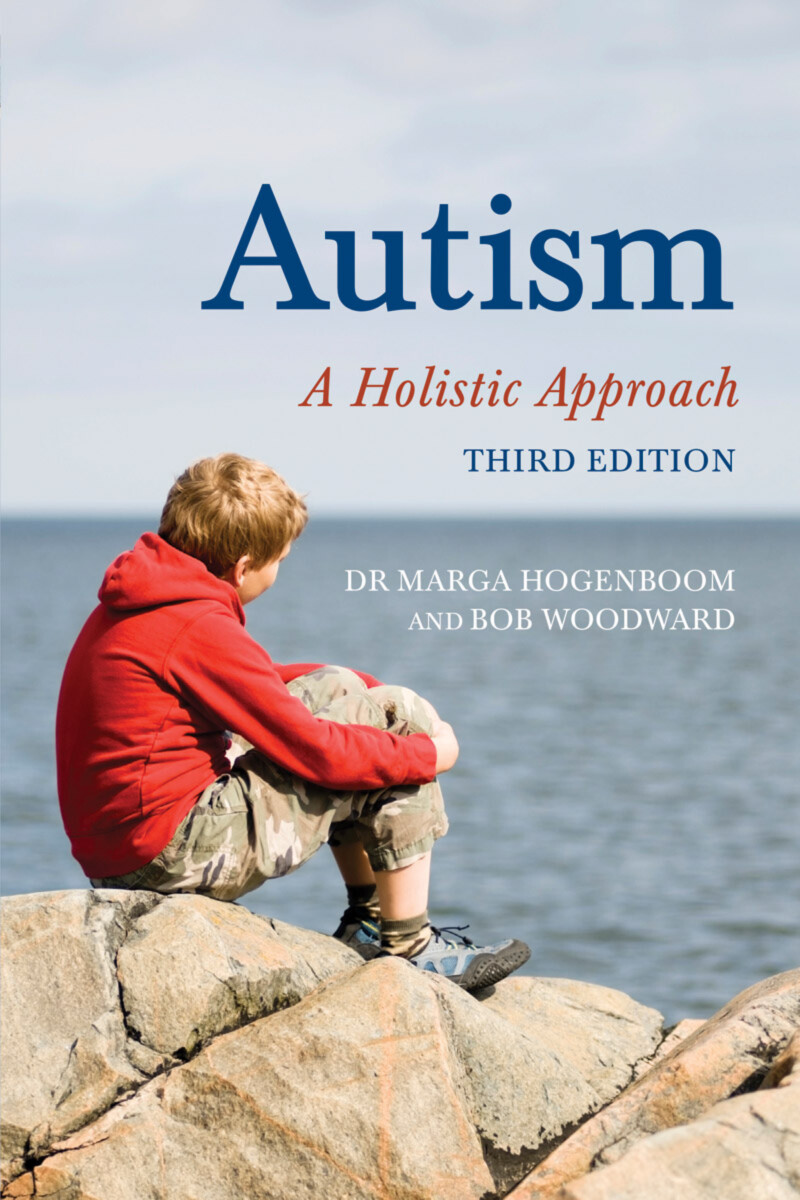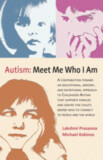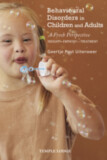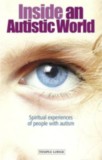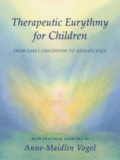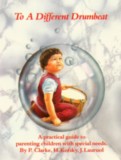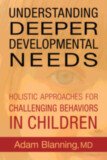Autism Edition 3
A Holistic Approach
Contributions by Hans Müller-Wiedemann, Johannes Surkamp, Mari Sterten, Paula Jacobs and Réka Tóth
- Publisher
Floris Books - Published
15th August 2013 - ISBN 9781782500001
- Language English
- Pages 352 pp.
- Size 6.25" x 9.25"
Educating and caring for an autistic child is a severely difficult task and is too often associated with frustration and disappointment. As a result, the inner development of children with autism is at times considered beyond the reach of parents and caretakers.
This book challenges such assumptions, exploring case studies in which therapy based on a holistic approach has led to significant improvements in behavior and social integration of autistic children. With an extended holistic program, autistic children discover inner self-awareness and self-recognition, leading to human relationships and social skills.
The authors go into detail about both their own practical experience and the findings of others in the field. This new, third edition covers recent developments in diagnostic methods and approaches to treatment, including new case studies and a new chapter on the sensory aspect of autism and Sensory Integration Therapy.
Well-researched and movingly written, this book has an essential, positive message for everyone involved in the care and education of autistic children.
“This is a very encouraging book for those dealing with autism, and though written for parents, caretakers and educators of the autistic child, there is much in it of importance for how we approach the needs of young children with even minor developmental difficulties.” —Light Magazine
“Well organized and clearly written. This book draws on the rich experience and insights of doctors gained over decades as well as individuals who experience autism themselves. We can be most grateful to have access to this first anthroposophic book in the English language devoted to autism.” —Ingelore Maier, Journey for Anthroposophy
“Bob Woodward sets out clearly and in a lively, readable style his ideas, methods and results. This book could form the basis of some lively discussion at parents meeting.” —Anthea Hailey, Camphill Pages
“We have much to learn from the teachings of Rudolf Steiner and Bob Woodward's application of them to working with children with autism. This book is an excellent introduction to the ideas and practice as they relate to autism.” —Dr. Lorna Wing, Camphill Correspondence
“I would recommend this excellent well-researched book be on the bookshelf of every curative educator, therapist and doctor who is attempting to understand and care for those individuals who suffer from autism.” —Jean Brown, Anthroposophical Medical Newsletter
C O N T E N T S:
Contributors
Foreword
Preface
Acknowledgments
I: Background and Medical Research
1. What Is Autism?
2. Possible Causes
II: An Anthroposophic Understanding of Autism
3. Anthroposophy and Child Development
4. Autism Seen Anthroposophy
III: Interventions and Alleviation
5. Some More Mainstream Interventions
6. The Curative Educational Approach
7. A Curative Educational Case Study (Bob Woodward)
8. Autism and the Senses (Mari Sterten)
9. Intensive Interaction Case Study: Anna (Paula Jacobs)
10. Art Club Case Study: Ralph, Mark, and Oliver (Réka Tóth)
11. Ways Forward
IV: Source Material from Hans Müller-Wiedemann
12. Early Diagnosis and Practical Advice for Parents
13. The Topsy-turvy World: An Anthroposophic Understanding of Autism in Early Childhood
14. The Curative Educational School: Observations and Aims
15. Curative Educational Therapy: Exercises in the Realm of the Four Body Senses
Appendix
1. Additional Anthroposophic Background
2. Further Therapies and Medical Treatments
3. Useful Organizations
Bibliography
Index
Marga Hogenboom
Marga Hogenboom, M.D., lives and works at the Camphill Rudolf Steiner schools near Aberdeen and is a director of the Camphill Medical Practice.
Bob Woodward
Dr. Bob Woodward was born in 1947 in Gloucester, UK. Having studied at public and Steiner schools, he became a coworker at the Sheiling School in Thornbury, a Camphill Community center, based on the teachings of Rudolf Steiner. He remained in the Camphill Movement, living with and teaching children with special educational needs, for some forty years before retiring in 2012. He took a special interest in understanding autism in children and young people. At the age of 46, Bob received an MEd degree from Bristol University, followed by an MPhil at the age of 50, and a PhD from the University of the West of England at the age of 64. As well as being a qualified educator, he is a spiritual healer and the author of several books. He has been married for forty-two years and has five grown children and many grandchildren.


